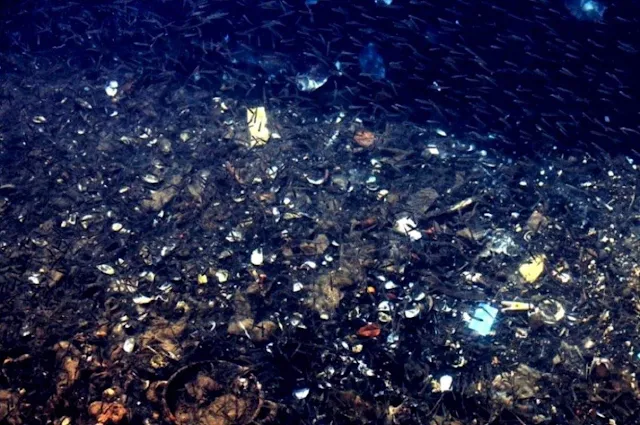Scientists Discover Pollution 10,000 Meters Below the Ocean’s Surface
 |
| Scientists discover pollution 10,000 meters below the ocean’s surface in the Mariana Trench | Alcaidesa Marina |
A study, led by Newcastle University's Dr Alan Jamieson, has uncovered the first evidence that human-made pollutants have now reached the farthest corners of our earth.
Sampling amphipods from the Pacific Ocean's Mariana and Kermadec trenches -- which are over 10 kilometres deep and 7,000 km apart -- the team found extremely high levels of Persistent Organic Pollutants -- or POPs -- in the organism's fatty tissue. These include polychlorinated biphenyls (PCBs) and polybrominated diphenyl ethers (PBDEs) which are commonly used as electrical insulators and flame retardants.
Publishing their findings today in Nature Ecology & Evolution, the study team -- from Newcastle University, UK, University of Aberdeen and the James Hutton Institute -- say the next step is to understand the consequences of this contamination and what the knock-on effects might be for the wider ecosystem.
"In fact, the amphipods we sampled contained levels of contamination similar to that found in Suruga Bay, one of the most polluted industrial zones of the northwest Pacific.
"What we don't yet know is what this means for the wider ecosystem and understanding that will be the next major challenge."
A legacy of the past
From the 1930s to when PCBs were banned in the 1970s, the total global production of these chemicals was in the region of 1.3million tonnes.Released into the environment through industrial accidents and discharges and leakage from landfills, these pollutants are invulnerable to natural degradation and so persist in the environment for decades.
The research team used deep-sea landers -- designed by Dr Jamieson -- to plumb the depths of the Pacific Ocean in order to bring up samples of the organisms that live in the deepest levels of the trenches.
The authors suggest that the pollutants most likely found their way to the trenches through contaminated plastic debris and dead animals sinking to the bottom of the ocean, where they are then consumed by amphipods and other fauna, which in turn become food for larger fauna still.
Sink for pollutants
Oceans comprise the largest biome on the planet, with the deep ocean operating as a potential sink for pollutants and litter that are discarded into the seas.These pollutants then accumulate through the food chain so that by the time they reach the deep ocean, concentrations are many times higher than in surface waters.
"We're very good at taking an 'out of sight out of mind' approach when it comes to the deep ocean but we can't afford to be complacent.
"This research shows that far from being remote the deep ocean is highly connected to the surface waters and this means that what we dump at the bottom of the sea will one day come back up in some form another."
The above post is reprinted from Materials provided by Newcastle University.








